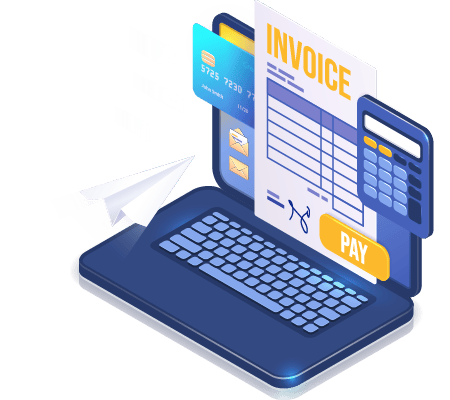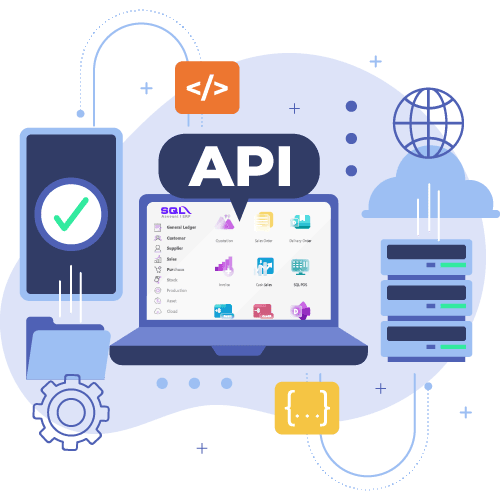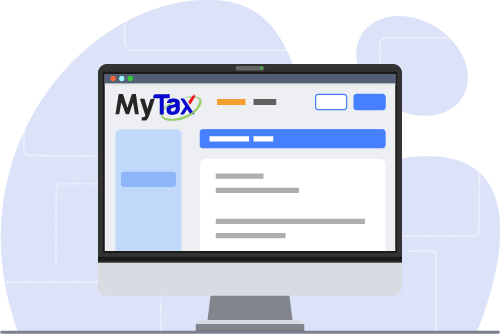
Choosing Between Accounting Software API’s Integration or Manual Submission via myInvois Portal
Malaysia LHDN aims to enforce mandatory e-Invoicing adoption for 4,000 businesses by August 2024, concerning those with an annual turnover of RM 100 million! Furthermore, starting from July 2025, e-Invoicing will become compulsory for all businesses, regardless of their sales threshold. According to the guidelines provided by the Malaysian Inland Revenue Board (IRB) in version 1.0 of the e-invoice guideline, businesses in Malaysia have two ways to upload and sync their invoices to the government platform:
Adoption of Accounting Software with compliance with IRB Malaysia
One of the ways to comply with the e-Invoicing mandate is by adopting accounting software that is designed to be compatible with the IRB Malaysia API’s (Application Programming Interface) guide. Specifically, businesses can opt for accounting software solutions such as SQL Accounting software, which is certified to meet the IRB’s requirements.
With this method, businesses can streamline the process of e-invoice submission. Once an invoice is issued through the SQL Accounting software, there will be a convenient and straightforward option available to users. By simply clicking a designated button, the invoice can be directly and automatically synced to the government’s e-Invoicing platform. This approach saves time and effort for businesses, ensuring efficient and real-time submission of invoices to the IRB.


Manual Submission to myInvois Portal for Batch Submission
For businesses that do not have or prefer not to use compatible accounting software, the IRB provides an alternative option for manual submission. This method involves utilizing the myInvois portal, which is designated for e-invoice submission manually.
Businesses following this route would manually prepare their invoices in a format compliant with the IRB’s guidelines. Each of the invoicing are required to fill up manually for up to 53 fields. After preparing the invoices, they can be submitted to the myInvois portal for batch submission. The portal is for businesses to upload multiple invoices in one go.
Which method best suits your needs?
It’s crucial for businesses to carefully assess their needs and capabilities before choosing either method of e-invoice submission. Those with appropriate accounting software, like SQL Accounting software, can leverage the integration with the government platform to the and ensure timely compliance with the e-Invoicing mandate. On the other hand, businesses without compatible software can opt for manual submission through the myInvois portal, ensuring they fulfill their obligation to submit e-invoices to the IRB in practical manner. However, it is important to aware if any manual mistakes, mean resulted a high-cost penalties.
For manual submission of e-invoices, there are up to 53 fields that need to be filled up. These fields are required by the Malaysian Inland Revenue Board (LHDN) to ensure that all e-invoices are properly validated. If any errors are detected during validation, the e-invoice will be rejected and an error message will be displayed. The supplier will then need to correct the errors and resubmit the e-invoice.
Examples of e-Invoice Required Fields:
| Field Name | Description |
|---|---|
| Supplier's TIN | Supplier’s (i.e. issuer’s) TIN assigned by IRBM |
| Buyer's TIN | Buyer’s TIN assigned by IRBM |
| Supplier’s Registration / Identification Number / Passport Number | For businesses: Business registration number For Malaysian individual: MyKad identification number For non-Malaysian individual: Passport number |
| Buyer’s Registration / Identification Number / Passport Number | For businesses: Business registration number For Malaysian individual: MyKad identification number For non-Malaysian individual: Passport number |
| e-Invoice Code / Number | Document reference number used by supplier for internal tracking purpose (e.g., INV12345, CN23456, DN34567) |
| e-Invoice Date | Date of issuance of the e-Invoice *Note that the date must be the current date |
| Description of Product or Service | Details of products or services being billed as a result of a commercial transaction |
| Tax Type | Type of taxes that will be applicable (SST and / or withholding tax) |
| Tax Rate | The appropriate tax rate that is applicable (%) |
| Tax Amount | The amount of tax payable |
| Total Excluding Tax | Sum of amount payable exclusive of applicable taxes (e.g., sales tax, service tax) |
| Total Including Tax | Sum of amount payable inclusive of total taxes chargeable (e.g., sales tax, service tax) |
It is important to ensure that all e-invoices are correctly filled up with up to 53 required fields. This can be done by using accounting software that can automatically fill in the required information. This will help to prevent errors and ensure that the e-invoices are validated smoothly.
As the leading accounting software in Southeast Asia, SQL Accounting software stands as the top choice, fully aligned with SST and e-Invoicing regulations. To support Malaysia’s SME businesses, SQL is thrilled to offer a complimentary e-Invoicing module alongside every new acquisition of SQL Accounting software. This module comes at absolutely no cost until the year 2028. This exclusive offer is limited to the first 2000 customers. Reach out to us now to secure your spot for a FREE demo with SQL. Elevate your business efficiency and ensure seamless compliance with Malaysia’s e-Invoicing standards. Don’t miss this chance to propel your business to new heights!
E-Invoicing Video
SQL Accounting Software Favoured Features
SQL Account is an accounting software that is suitable for all businesses, from small businesses to large organizations. It is crucial to find a business solution that suits you. We cater for every industry. Small business, cloud accounting software, to on-premise accounting software, choose the best fit for your business. SQL Account is user friendly & can be integrated with no fuss.
Free Download Accounting Software trial to experience our accounting software.

Access Anytime, Anywhere

Batch Emails Statements

Special Industries Version

Real-Time CTOS Company Overview Reports

Advance Security Locks





